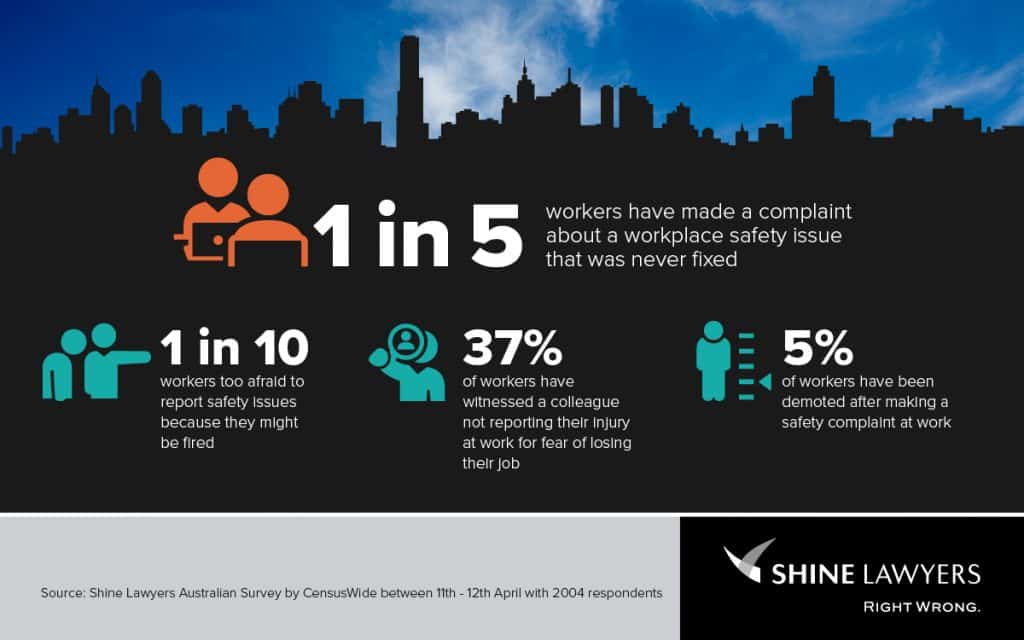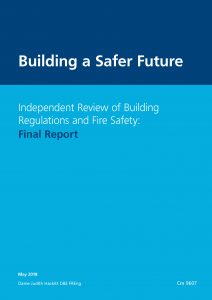 Occupational health and safety (OHS), building safety and public safety often overlap but never more so than in the instance of the Grenfell fire of June 2017. The UK Government has just released the final report into the incident and there are many interesting lessons for workplace health and safety and its social role.
Occupational health and safety (OHS), building safety and public safety often overlap but never more so than in the instance of the Grenfell fire of June 2017. The UK Government has just released the final report into the incident and there are many interesting lessons for workplace health and safety and its social role.
Category: Duty of Care
OHS, IR and PPE
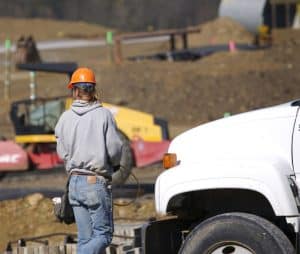 In 2015, the Australian Building and Construction Commission (ABCC) took legal action against the Construction Forestry Mining and Energy Union (CFMEU) and one of that union’s organisers, Pomare Auimatagi, over the organiser’s actions seemed to breach one of John Holland’s personal protective equipment (PPE) policies. The CFMEU and Auimatagi were found guilty of breaching the Fair Work Act and fined over A$58,000 by the Federal Circuit Court on 9 March 2018. The case raises a couple of occupational health and safety management issues.
In 2015, the Australian Building and Construction Commission (ABCC) took legal action against the Construction Forestry Mining and Energy Union (CFMEU) and one of that union’s organisers, Pomare Auimatagi, over the organiser’s actions seemed to breach one of John Holland’s personal protective equipment (PPE) policies. The CFMEU and Auimatagi were found guilty of breaching the Fair Work Act and fined over A$58,000 by the Federal Circuit Court on 9 March 2018. The case raises a couple of occupational health and safety management issues.
According to
Toughen up, Princess
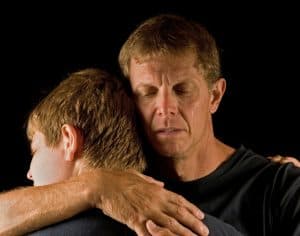 Today the Medical Journal of Australia released a media statement entitled:
Today the Medical Journal of Australia released a media statement entitled:
“FIFO workers’ psychological distress “alarming””
What is more alarming is that the levels of psychological distress have remained high even though there have been inquiries into the mental health of Fly-In Fly-Out workers in Western Australia and Queensland since 2014!!
Western Australian research undertaken by
Rebooting the Duty of Care
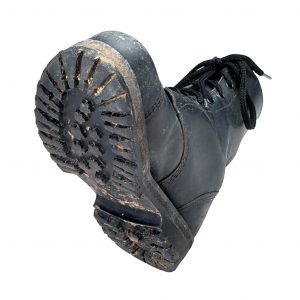 The primary occupational health and safety (OHS) duty rests with employers or, as they are known in most Australian jurisdictions, Persons Conducting a Business or Undertaking (PCBU). Laws are based on an assumption that employers are aware of this duty and that this duty, to provide a safe and healthy work environment without risks to health, reflects the employer’s social position and social responsibility or the company’s “social licence“. But there have always been employers who do not care and who see employees only as units of labour and who believe that “if you don’t like working here, there’s the door”. It is time for a reboot.
The primary occupational health and safety (OHS) duty rests with employers or, as they are known in most Australian jurisdictions, Persons Conducting a Business or Undertaking (PCBU). Laws are based on an assumption that employers are aware of this duty and that this duty, to provide a safe and healthy work environment without risks to health, reflects the employer’s social position and social responsibility or the company’s “social licence“. But there have always been employers who do not care and who see employees only as units of labour and who believe that “if you don’t like working here, there’s the door”. It is time for a reboot.
Many Western countries are beginning to review their OHS laws in light of the changing nature of work but these reviews continue to be based on the assumption that employers care even though the emergence of the gig economy and the new
Unsafe systems of management
 Excessive workplace stress in the medical profession is well documented but stress is often seen as a minor workplace hazard that is fairly easily dealt with by holidays, for instance, or is dismissed as an “occupational hazard” or part of the entry to the profession or just part of the culture, with the implication that nothing can change. Only recently have work-related suicides garnered serious research attention and these incidents are now being openly discussed, as this April 2018 article in the MJA Insight shows.
Excessive workplace stress in the medical profession is well documented but stress is often seen as a minor workplace hazard that is fairly easily dealt with by holidays, for instance, or is dismissed as an “occupational hazard” or part of the entry to the profession or just part of the culture, with the implication that nothing can change. Only recently have work-related suicides garnered serious research attention and these incidents are now being openly discussed, as this April 2018 article in the MJA Insight shows.
The author of the opinion piece, Dr
Why hazards are not reported
Each year thousands of people express support for International Workers Memorial Day and the World Day for Safety and Health at Work publicly and through social media. This is a statement of their commitment to occupational health and safety (OHS) as well as a call to continue action in improving workplace health and safety. However, this usually does not add to the state of knowledge on OHS.
This year there was a couple of contributions of information that may be useful. Shine Lawyers released the findings of a recent survey (not yet available online) into why workers do not report workplace incidents. The survey was largely overlooked by the media, perhaps because the full survey results have not been released publicly.
Lessons in integrity and discipline
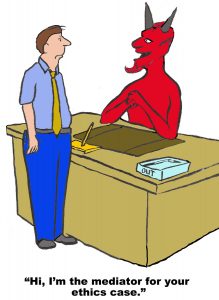 Australia’s occupational health and safety (OHS) profession was late to the process of certifying its members. The Safety Institute of Australia (SIA) has been running its certification program for a couple of years so it is difficult to assess the benefit to members and the community but a critical element in any certification is the treatment of members who breach the Code of Ethics or Code of Conduct. The revelations of corruption and misconduct from Australia’s Royal Commission into Misconduct in the Banking, Superannuation and Financial Services Industry provide important lessons in integrity and fairness to all professions.
Australia’s occupational health and safety (OHS) profession was late to the process of certifying its members. The Safety Institute of Australia (SIA) has been running its certification program for a couple of years so it is difficult to assess the benefit to members and the community but a critical element in any certification is the treatment of members who breach the Code of Ethics or Code of Conduct. The revelations of corruption and misconduct from Australia’s Royal Commission into Misconduct in the Banking, Superannuation and Financial Services Industry provide important lessons in integrity and fairness to all professions.

